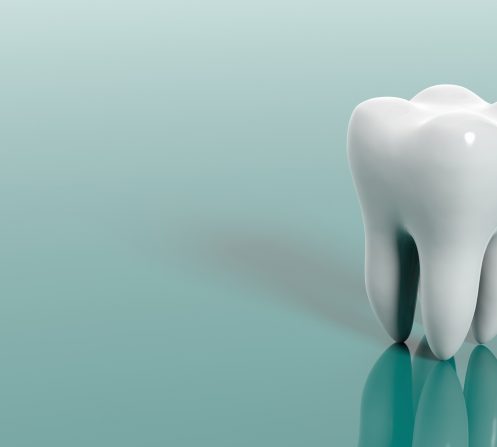
We hear so much about how to prevent cavities and gum disease; why should we have to worry about tooth enamel erosion?
Because the condition is affecting more of us these days, with up to 64% of people showing signs of mild tooth wear. And it’s caused, in part, by the foods and drinks that we love.
It may be hard to believe that the hardest substance in the human body, enamel, can be so easily undone by certain lifestyle habits. Many patients don’t think of it as a serious health concern, yet it can have dire consequences for your smile. Let’s take a look at why this part of the tooth is so important, and how to restore tooth enamel.
The enamel is the hard mineral outer layer of the tooth, and you can think of it as a built-in shield that tries to protect the inside of teeth from outside invaders such as bacteria and acid.
Enamel is important because it helps protect the interior parts of the teeth, including the sensitive parts, when you eat or drink something that’s cold or hot.
When enamel is worn away it makes a tooth more susceptible to decay and other damage as well as sensitivity.
Unfortunately, there are many ways to easily damage tooth enamel and cause it to erode. Two of the most common culprits are soft drinks and citrus fruits. Both contain acid that can wear away our enamel. Sugary and starchy foods that stick to teeth also create acid that can break down enamel.
Other causes of tooth enamel erosion include acid reflux, dry mouth, acidic medications, grinding one’s teeth (bruxism), and genetic factors. Eating disorders such as bulimia can destroy enamel because the teeth are being exposed to stomach acid when vomiting is induced.
An area of enamel erosion is visibly more yellow than the rest of the tooth because the inner dentin layer is now exposed. Teeth may also appear translucent or see-through, and a lot more sensitive to extreme temperatures and certain foods.
Unfortunately, there’s no do-it-yourself solution to restoring lost tooth enamel and despite what you may have read online, there’s no way to “grow” it back. Tooth enamel is a mineral so once it’s gone, it’s gone for good.
However, a dentist can repair teeth that have suffered from enamel erosion. There are two main ways to do this:
Prevention is everything when protecting our teeth enamel:
Most importantly, you should visit your dentist every six months for a cleaning and check-up. A dentist knows how to restore tooth enamel and can detect any early signs of erosion to help you prevent it from getting worse.
Schedule an appointment with us to help keep your smile strong and beautiful.